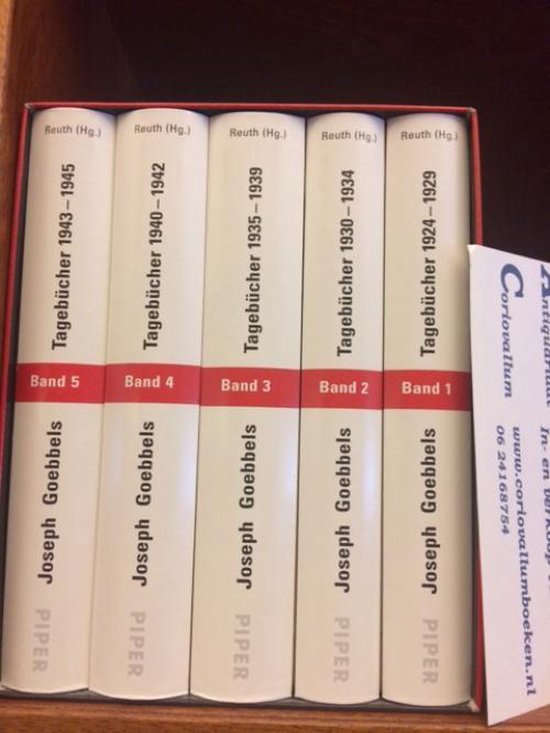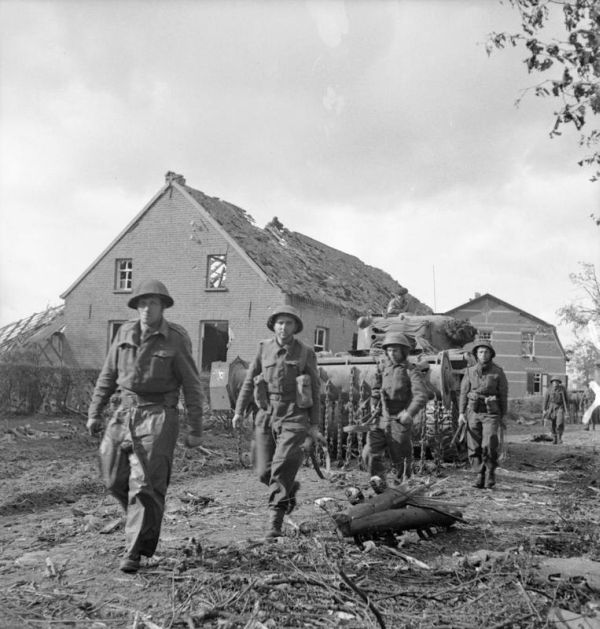Traces of War Overloon: 10. Labor Camp
In the village of Overloon, a route has been set out with fifteen signs. It provides a picture of what happened in the village at fifteen different locations in the village. The route is called: "Traces of the war" and was made possible by the Overloon War Museum.
The Battle of Overloon from September 26 to October 14, 1944
For more than four years, the Second World War had more or less passed Overloon. But on September 26, 1944, the front reached this village in De Peel. The narrow strip of land liberated during Operation Market Garden between Eindhoven and Arnhem was slowly but surely widened. The advance of the Allied army went well up to Overloon. There the Germans had dug in to stop the enemy. On September 30, the Allies launched the attack with the US 7th Armored Division. After 9 days of very fierce fighting, the exhausted Americans withdrew and were relieved by British army units commanded by Major General L.C. Whistler. After a few days of relative rest, in which heavy rainfall had turned Overloon into one big mud pool, all hell broke loose on October 12 at 11 a.m. For an hour and a half the Allies bombarded the German positions with heavy artillery and air raids. More than 100,000 grenades flew around the Germans. When the village was completely in ruins, the advance of the British began. House by house was taken at the cost of huge losses. Fierce man-to-man fights also took place in the woods. On October 14, at four in the afternoon, the last stronghold, the church, fell in the village of Overloon. The Germans still present were taken prisoner. Overloon was left as a completely destroyed village.
10. Labor camp
You are in the middle of one of the then German NAD / camps in Overloon, called "Arbeidskamp Zuid", (one of the two labor camps in Overloon) Dutch boys were housed in those barracks to do work for the Germans. One of those barracks served as a home for a while. Until the mid-1950s, Michel and Nel Strijbosch ("Michel en Nel de Vers", named after the farm "De Vers") lived in that former barracks. Some of the foundations are still there.
Do you have more information about this location? Inform us!
Source
- Text: TracesOfWar.nl
- Photos: TracesOfWar.nl
- Oorlogsmuseum Overloon
Related books
Nearby
Museum
- War Museum Overloon - Overloon
- Museum "Van Postzegel tot Tank" - Groeningen
- Visitor Centre German War Cemetery Ysselsteyn - Ysselsteyn
Point of interest
- Information boards Facing Freedom Overloon - Overloon
- Information Sign Aircraft Crashes and Emergency Landings WW2 in Boxmeer Municipality - Overloon
- Wehrmacht Cottage Venray - Venray
Monument
- Traces of War Overloon: 9. First Remembrance Day 14 October 1945 - Overloon
- Traces of War Overloon: 8. Brick Factory - Overloon
- Memorial Dwangarbeiders - Overloon
Cemetery
- Commonwealth War Cemetery Overloon - Overloon
- Dutch War Graves Venray - Venray
- Commonwealth War Cemetery Venray - Venray
Fortification
- Peel-Raamstelling - S-kazemat - Ysselsteyn
- Peel-Raamstelling - S-kazemat - Ysselsteyn
- Peel-Raamstelling - S-kazemat - Deurne






